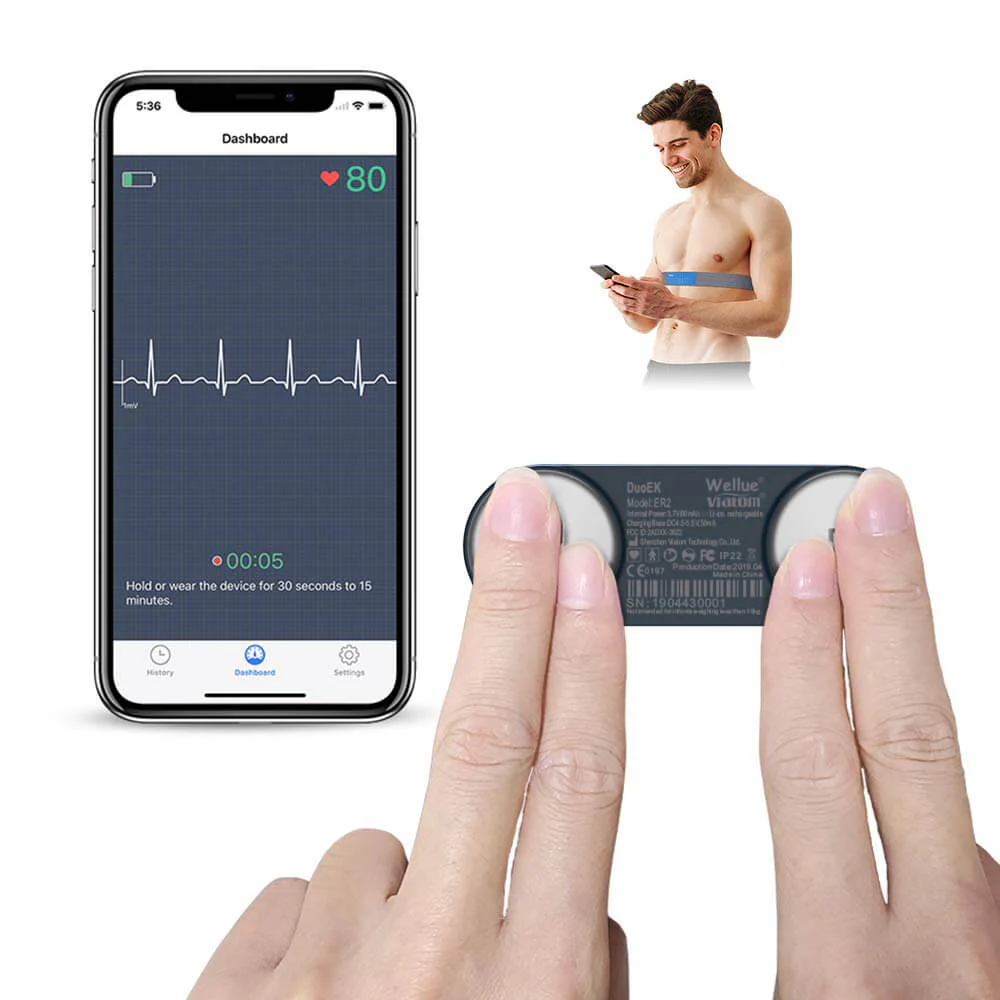
Patient education is a cornerstone of effective healthcare, serving as a vital link between medical knowledge and the healing process. In an era where patients are increasingly involved in their healthcare decisions, the necessity for comprehensive and effective patient education has never been more critical. This article delves into the multifaceted role of patient education, exploring its significance, benefits, challenges, and strategies for successful implementation.
The Importance of Patient Education
Empowerment Through Knowledge
Empowering patients with knowledge is fundamental to enhancing their health outcomes. When patients understand their conditions, treatment options, and the rationale behind medical decisions, they are better equipped to participate actively in their care. This empowerment fosters a sense of ownership over their health, leading to more informed choices and a greater commitment to following treatment plans.
For example, a patient diagnosed with diabetes who receives thorough education about blood sugar monitoring, dietary choices, and medication management is more likely to engage in self-care practices. This proactive approach can significantly improve their overall health and reduce the risk of complications associated with diabetes.
Improved Health Outcomes
Research consistently demonstrates that effective patient education correlates with improved health outcomes. When patients are well-informed about their conditions, they are more likely to adhere to prescribed treatments and lifestyle modifications. This adherence can lead to better management of chronic diseases, reduced hospitalizations, and enhanced quality of life.
Consider the case of patients with hypertension. Those who receive education about the importance of medication adherence, dietary changes, and regular exercise are more likely to achieve and maintain target blood pressure levels. This proactive management not only benefits the individual but also alleviates the burden on healthcare systems.
Enhanced Communication
Effective patient education fosters open communication between patients and healthcare providers. A strong patient-provider relationship is essential for addressing concerns, clarifying doubts, and building trust. When patients feel comfortable asking questions and discussing their health, they are more likely to engage in their care actively.
Healthcare providers who prioritize patient education create an environment where patients feel valued and respected. This collaborative approach encourages patients to voice their concerns, leading to more personalized care and better health outcomes.
Prevention and Wellness
Patient education is instrumental in promoting preventive health measures. Educated patients are more likely to engage in preventive behaviors, such as vaccinations, screenings, and regular check-ups. By understanding the importance of these measures, patients can take proactive steps to protect their health and prevent the onset of chronic diseases.
For instance, individuals who receive education about the benefits of regular mammograms and colonoscopies are more likely to participate in these screenings, leading to early detection of potential health issues. Early intervention can significantly improve treatment outcomes and reduce healthcare costs.
Benefits of Patient Education
Increased Patient Satisfaction
One of the most immediate benefits of effective patient education is increased patient satisfaction. Patients who receive adequate information about their health conditions and treatment options often report higher satisfaction levels with their healthcare experience. This satisfaction is rooted in the feeling of being informed and involved in their care.
When patients understand their treatment plans and the reasons behind them, they are more likely to feel confident in their healthcare providers. This confidence translates into a positive healthcare experience, which can lead to better adherence to treatment plans and improved health outcomes.
Reduced Healthcare Costs
Effective patient education is not only beneficial for patients but also for healthcare systems. By preventing complications and reducing inca hospital readmissions through education, healthcare providers can lower overall costs associated with patient care. Educated patients are less likely to experience preventable health issues, leading to a reduction in emergency room visits and hospitalizations.
For example, patients with chronic conditions such as asthma or heart disease who receive comprehensive education about self-management strategies are less likely to require emergency care. This reduction in healthcare utilization not only benefits patients but also contributes to a more sustainable healthcare system.
Enhanced Self-Management
For patients with chronic diseases, education is crucial for effective self-management. When patients are equipped with the knowledge and skills to manage their conditions, they can take control of their health and make informed decisions. This empowerment leads to improved quality of life and reduced reliance on healthcare services.
Patients who understand how to monitor their symptoms, recognize warning signs, and implement lifestyle changes are better prepared to manage their health. For instance, a patient with chronic obstructive pulmonary disease (COPD) who learns about breathing techniques, medication management, and the importance of avoiding triggers can significantly improve their quality of life.
Challenges in Patient Education
Health Literacy
One of the primary challenges in patient education is health literacy. Many patients struggle to understand medical terminology, treatment options, and health information due to varying levels of health literacy. This gap can hinder effective communication and lead to misunderstandings about their health conditions.
Healthcare providers must assess each patient’s health literacy level and tailor their education accordingly. Using plain language, avoiding jargon, and providing visual aids can help bridge the gap and ensure that patients comprehend the information being presented.
Time Constraints
In busy clinical settings, there may be limited time to address patients’ questions or provide in-depth explanations about their conditions and treatment options.
To overcome this challenge, healthcare organizations can implement strategies such as providing educational materials that patients can review at home or utilizing technology, such as telehealth platforms, to offer additional education and support outside of in-person visits.
Cultural Sensitivity
Cultural factors can also influence patient education. Patients from diverse backgrounds may have different beliefs, values, and experiences that shape their understanding of health and illness. It is essential for healthcare providers to be culturally sensitive and consider these factors when delivering education.
By recognizing and respecting cultural differences, healthcare providers can create a more inclusive environment that fosters effective communication and understanding. Utilizing interpreters or culturally tailored educational materials can help address these challenges.
Effective Strategies for Patient Education
Tailored Information
Providing tailored information is crucial for effective patient education. Each patient has unique needs, preferences, and learning styles, and education should be personalized to ensure relevance and understanding. Healthcare providers should take the time to assess each patient’s background, health literacy, and specific concerns to deliver information that resonates with them.
For example, a patient newly diagnosed with heart disease may benefit from a personalized education plan that includes dietary recommendations, exercise guidelines, and medication management tailored to their lifestyle and preferences.
Use of Visual Aids
Incorporating visual aids into patient education can enhance understanding and retention of information. Diagrams, charts, videos, and brochures can help simplify complex concepts and make information more accessible. Visual aids can also cater to different learning styles, making education more engaging and effective.
For instance, using a visual diagram to illustrate the anatomy of the heart can help a patient better understand their condition and the importance of adhering to treatment plans.
Interactive Learning
Encouraging interactive learning is another effective strategy for patient education. Engaging patients through discussions, Q&A sessions, and hands-on demonstrations can enhance understanding and retention. Interactive methods promote active participation, allowing patients to ask questions and clarify doubts in real-time.
For example, a healthcare provider might demonstrate how to use an inhaler for asthma management, allowing the patient to practice the technique under supervision. This hands-on approach can boost confidence and ensure proper use of medical devices.
Follow-Up Support
Providing follow-up support is essential for reinforcing patient education. After initial education, patients may have additional questions or concerns as they navigate their treatment plans. Healthcare providers should offer ongoing support through follow-up appointments, phone calls, or access to educational resources.
For instance, a patient recovering from surgery may benefit from a follow-up call to discuss their recovery progress and address any concerns they may have. This continued support reinforces the importance of education and helps patients feel valued and cared for.
Conclusion
Patient education is a vital component of effective healthcare, bridging the gap between knowledge and healing. By empowering patients with the information they need, healthcare providers can enhance treatment adherence, improve health outcomes, and foster a collaborative relationship. Implementing effective patient education strategies not only benefits patients but also contributes to a more efficient and compassionate healthcare system.
As healthcare continues to evolve, prioritizing patient education will be essential for achieving optimal health and well-being. By recognizing the importance of education, addressing challenges, and implementing effective strategies, healthcare providers can ensure that patients are equipped with the knowledge and skills necessary to navigate their health journeys successfully. In doing so, we can create a healthier, more informed society where patients are active participants in their care, ultimately leading to better health outcomes for all.
Read also about Mushrooms to uncover their fascinating world—from culinary uses and health benefits to their role in nature and even medicine
Related Posts
 Skema KPR 2025: Cara Cerdas Punya Rumah Tanpa Ribet
Skema KPR 2025: Cara Cerdas Punya Rumah Tanpa Ribet
 EKG Portable: Solusi Modern dan Praktis Pemantauan Jantung
EKG Portable: Solusi Modern dan Praktis Pemantauan Jantung
 Residential Knowledge: Key Insights for Smarter Urban Living
Residential Knowledge: Key Insights for Smarter Urban Living



